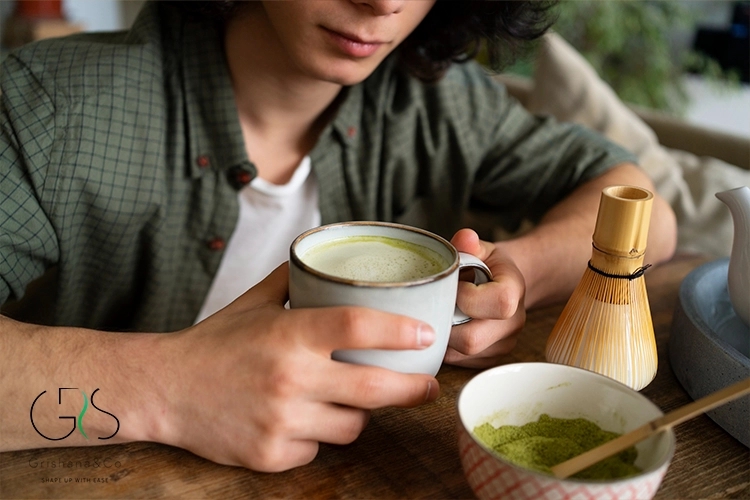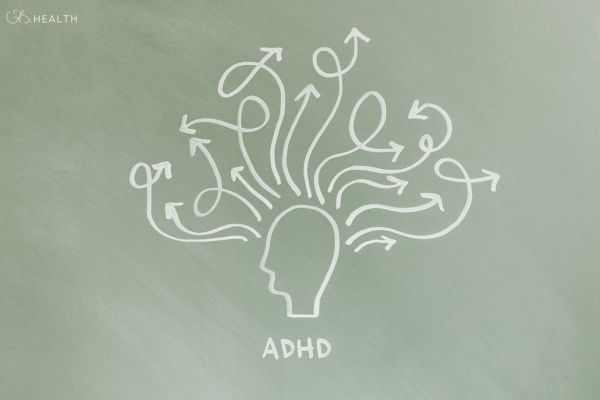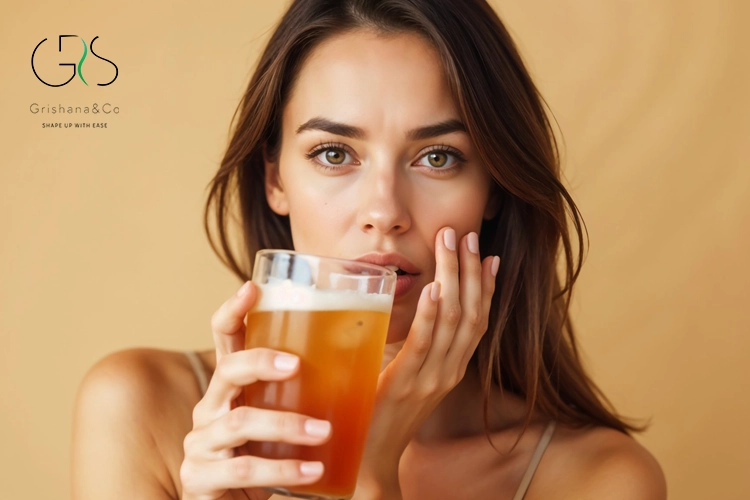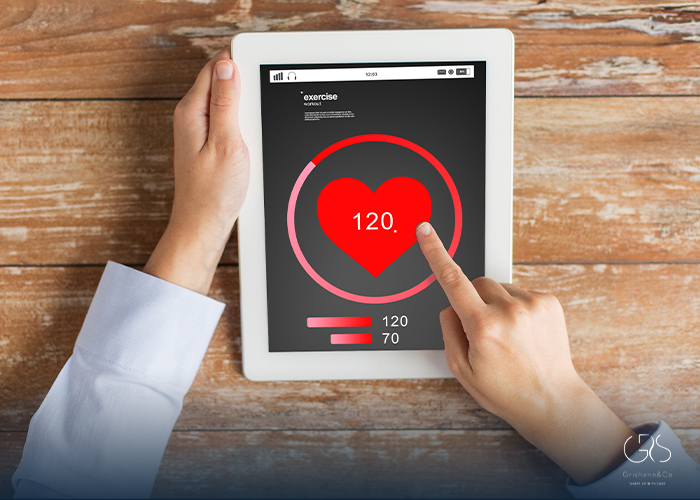Matcha is widely celebrated as a superfood—packed with antioxidants, calming L-theanine, and metabolism-boosting catechins. However, behind its vibrant green appeal lies a lesser-known concern: matcha iron absorption. Could your daily cup be interfering with how your body absorbs iron? This question is especially relevant for women, vegetarians, and those at risk of anemia.
In this article, we explore the science behind matcha iron absorption, identify who may be most affected, and share expert tips on how to enjoy matcha without compromising your iron levels.
What’s In Matcha That Affects Iron?
Matcha is a type of powdered green tea, and like all teas, it contains polyphenols—specifically, tannins and catechins—which are known to inhibit iron absorption. The main issue lies in the type of iron you consume.
There are two types of dietary iron:
Heme iron (from meat, poultry, fish): easily absorbed.
Non-heme iron (from plant sources): less efficiently absorbed and more sensitive to inhibitors.
The catechins in matcha can bind with non-heme iron, reducing how much your body absorbs during digestion. This is particularly relevant for vegetarians, vegans, and people who rely on iron supplements or plant-based iron sources.
I recommend that you read about the benefits of a vegan diet.

The Science: How Matcha Affects Iron Absorption
According to several studies, polyphenols can reduce iron absorption by up to 60%–90% when consumed with iron-rich meals (Hurrell et al., 1999).
Here’s a simplified breakdown of how it works:
Matcha catechins interact with iron in the gut.
The iron binds with polyphenols, forming insoluble complexes.
These complexes can’t pass through the intestinal wall.
Result: the iron exits the body unabsorbed.
One study published in the American Journal of Clinical Nutrition found that even small amounts of tea (50 mg polyphenols) can significantly inhibit non-heme iron absorption.
Matcha may have more impact than regular green tea because you’re consuming the whole leaf, not just an infusion.
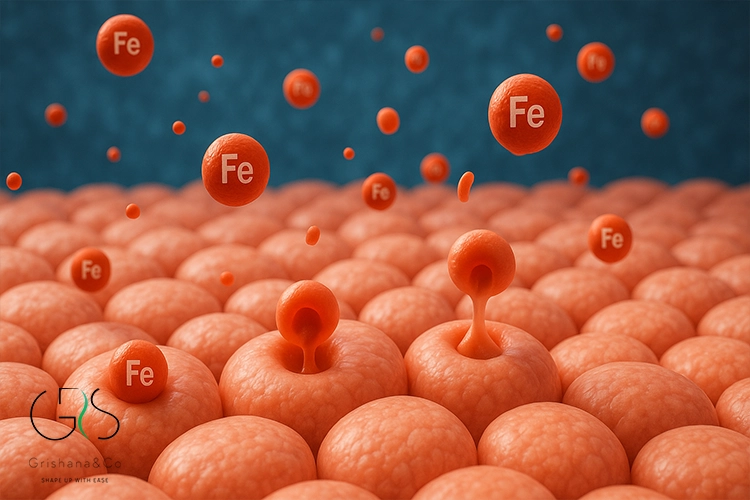
Who Should Be Concerned?
Not everyone who drinks matcha needs to worry. The impact depends on your overall diet, iron status, and how and when you consume your matcha.
High-Risk Groups:
Women of childbearing age: due to menstrual blood loss
Pregnant women: higher iron demands
Vegetarians and vegans: non-heme iron only
Children and adolescents: periods of rapid growth
People with anemia or low ferritin levels
Lower-Risk Groups:
Men with a meat-heavy diet
Postmenopausal women
Individuals supplementing with heme iron
That said, overconsumption of matcha or drinking it around mealtime can tip the balance, even for those not in high-risk groups.
Does Matcha Have Any Iron Itself?
Yes—matcha does contain a modest amount of iron, but it’s non-heme and minimal. On average, 1 gram of matcha contains around 0.17 mg of iron. For comparison:
Adult women need about 18 mg/day.
Men need about 8 mg/day.
So while matcha may contribute slightly to your iron intake, its inhibitory effect on iron absorption outweighs its iron content.
Can Timing Help? When to Drink Matcha
Timing your matcha intake is one of the best ways to enjoy its benefits without compromising iron absorption.
Tips:
Avoid drinking matcha with meals (especially iron-rich or iron-supplemented ones).
Wait at least 1–2 hours after meals to enjoy matcha.
Take iron supplements on an empty stomach and away from matcha or coffee.
This approach can significantly reduce the interference with iron absorption and keep both your energy and nutrient levels balanced.
Nutrient Interactions: Enhancers vs. Inhibitors
In understanding matcha and iron absorption, we also need to look at other cofactors and competitors in your diet.
Inhibitors of Iron Absorption (to limit near meals):
Matcha and other teas (green, black)
Coffee
Calcium supplements or dairy
Some whole grains (phytates)
Enhancers of Iron Absorption (to include with meals):
Vitamin C (citrus, peppers, strawberries)
Meat, fish, poultry (increase heme iron absorption)
Fermented foods (like kimchi or yogurt)
Combining iron-rich meals with vitamin C can counteract the negative effect of matcha.(Read more about benefits of vitamin C)
If you’re interested in learning about iron-rich foods, I recommend checking out this informative article.
Diverse Perspectives: Functional Medicine vs. Conventional Advice
Different schools of thought interpret matcha’s role in nutrition differently.
Functional & Integrative Nutrition:
Practitioners may caution individuals with low iron stores to limit matcha or separate its intake from iron meals, particularly for plant-based diets. However, they also emphasize matcha’s anti-inflammatory and antioxidant benefits.
Conventional Medicine:
Doctors usually advise iron-deficient patients to avoid tea or coffee near meals. However, they often do not focus on matcha specifically, unless the patient consumes it in large quantities.
Should You Stop Drinking Matcha?
Not necessarily.
Matcha offers health benefits that go beyond iron concerns:
Boosts brain function (L-theanine + caffeine combo)
Rich in EGCG, a powerful antioxidant
Supports metabolism and fat oxidation
Calming effect despite caffeine (thanks to L-theanine)
The key is mindful consumption.
If you’re at risk for low iron or are being treated for iron deficiency, spacing your matcha and iron sources is a smarter choice than quitting matcha altogether.
How Much Matcha Is Too Much?
There’s no official “maximum” dose of matcha for iron safety. However, researchers suggest moderation:
1–2 cups per day is considered safe for most people.
Higher doses (>3 cups/day) may begin to impact iron absorption more significantly, especially in iron-deficient individuals.
Remember: it’s not just how much matcha you drink—but when.
Real-Life Example: A Case of Matcha and Iron Deficiency
In 2022, a case study published in Nutrients journal detailed a vegan woman with chronic fatigue and low ferritin who drank matcha 3–4 times daily. After spacing her matcha from meals and taking iron with vitamin C, her levels improved in 3 months.
This underscores the real-world impact that timing and awareness can make.
Summary: Matcha’s Complex Role in Your Iron Status
Matcha contains small amounts of non-heme iron, but it can also inhibit the absorption of this type of iron, especially when consumed with meals. This is particularly important for individuals at higher risk of iron deficiency, such as women, vegetarians, and those with anemia. However, this doesn’t mean you need to stop drinking matcha. By simply adjusting the timing—such as enjoying your matcha between meals instead of with them—you can continue to benefit from its antioxidants without compromising your iron absorption.
Final Recommendations
If you love matcha but are at risk for low iron:
Drink matcha 1–2 hours before or after meals.Pair iron-rich meals with vitamin C to boost absorption.
Limit other inhibitors (coffee, dairy) around your iron intake.
Consider annual blood tests to track your ferritin and hemoglobin levels, especially if you’re in a high-risk group.
With thoughtful planning, you can enjoy the benefits of matcha without compromising your iron health.
Sources
- Healthline, How Much Green Tea Should You Drink Per Day?
- ScienceDirect, Epigallocatechin gallate (EGCG) (TEAVIGO™) does not impair nonhaem-iron absorption in man
- Mayumi, Matcha and iron deficiency
- National Library of Medicine, Iron deficiency anemia due to excessive green tea drinking


